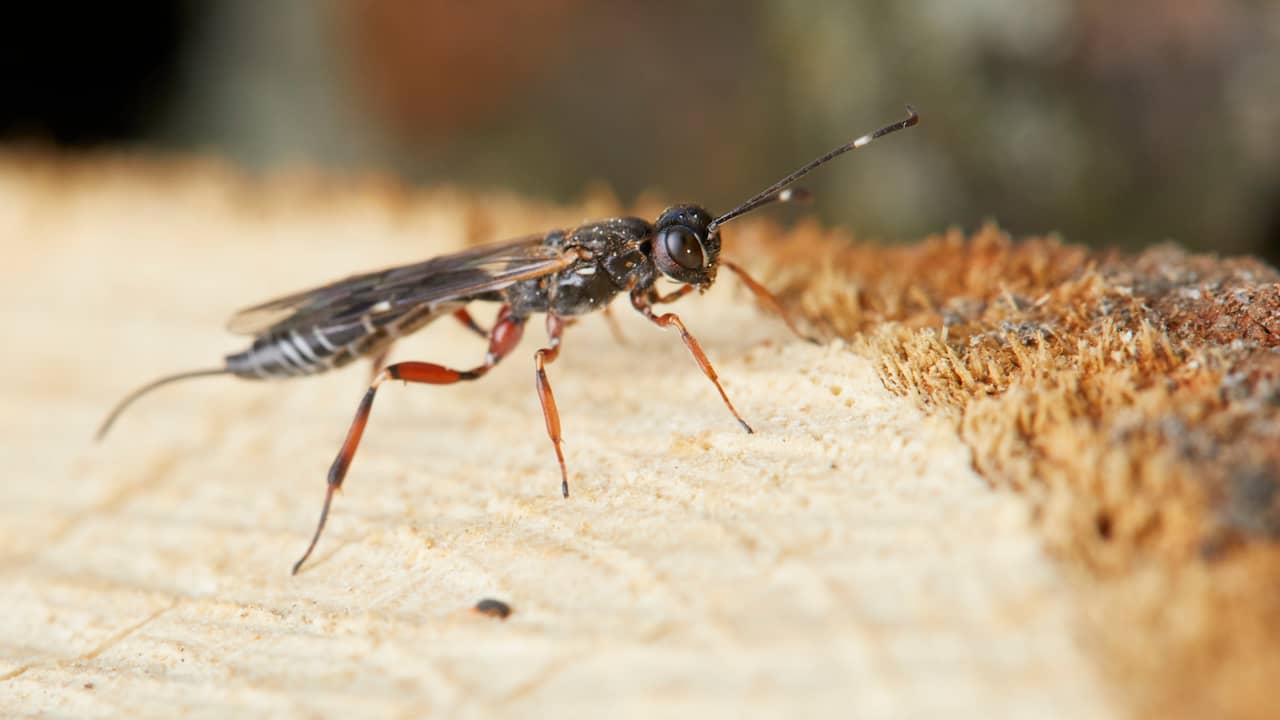In the parasitoid wasp, researchers have discovered a new natural enemy of the oak processionary caterpillar in the Netherlands. This is reported by the Oak Processional Caterpillar Knowledge Center on Friday Nature Today.
The experts found larvae of parasitic wasps in the eggs of oak processionary caterpillars. The parasite wasp is a parasite that lays its eggs in the eggs of another insect. The find is unique, according to the knowledge center. The parasite has previously been found in pine procession caterpillars.
Other natural enemies of the oak processionary caterpillar include great tits and blue tits, nuthatches and cuckoos.
To get a picture of the development of the oak processionary caterpillar, researchers collect egg packages from the insects every year around this time. The parasitized eggs were found in a nature reserve, the location of which has not yet been announced.
It is still unknown how widespread the eggs with parasitic wasps are in the Netherlands. The knowledge center will investigate this in the near future.
Caterpillars hatch from eggs in April
The first processionary caterpillars are expected to hatch around April 10. It then takes until summer for the animals to develop their characteristic stinging hairs that can cause humans such an itch.
Incidentally, the researchers do not expect that the discovery of the parasitic wasp will play a major role in the control of the caterpillars. Not even if more parasitic wasps start to nest in the eggs of oak processionary caterpillars. “A natural enemy never eradicates its own food source,” says the knowledge center.
Agricultural and horticultural businesses have been using parasitic wasps for years as a form of biological disease control in plants, such as against aphids and whitefly.
– .


